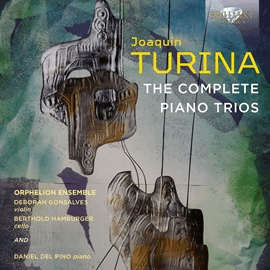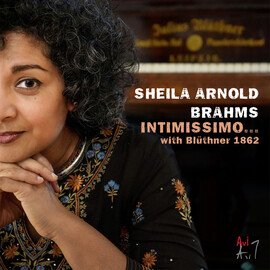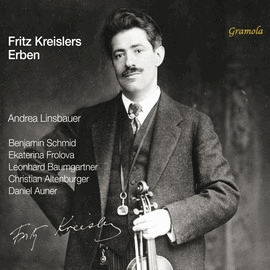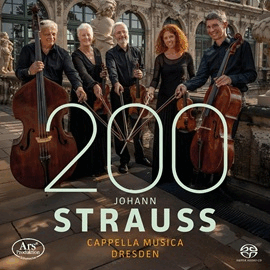Von dem auf diesem Album benutzten Blüthner-Salonflügel sagt Sheila Arnold, er besitze « Menschlichkeit im Tonfall, eine Klarheit der Polyphonie, Tiefe und gleichzeitig Leichtigkeit im Einzelton, Sprache genauso wie Gesanglichkeit. » Der Flügel gehört zu jenen, die sich die Geradsaitigkeit auszeichnen. Das bedeutet, dass alle Saiten parallel angeordnet sind. Beim kreuzsaitigen Bezug, der zur Grundform des modernen Klavierbaus wurde, werden die Saiten der Bassregion diagonal über die anderen geführt.
Im Handbuch des Pianofortebaus der Leipziger Klavierbauer Julius Blüthner findet sich ein Vergleich zwischen Gerad- und Kreuzsaitern. Ersteren wird eine klangliche Klarheit zuerkannt, die man bei den Kreuzsaitern vergeblich suche.
Für Sheila Arnold macht die Geradsaitigkeit « die Register des Instruments deutlich differenzierbar. (…) Die einzigartige Klangentwicklung in mehreren Tiefenschichten des Tones entsteht auch durch individuelle Anschlagsgeschwindigkeiten, die wiederum gewissermaßen Einfluss auf die Tempowahl haben. »
Und das alles bestätigt sich beim Hören des Albums. Der Flügel mit seinem warmen und leicht matt-dunklen Klang eignet sich für die ausgewählten Brahms-Stücke hervorragend. Ob in den Balladen, die wir hier in zutiefst romantischen Interpretationen mit ganz neuartig wirkenden Farben und weichen Rhythmen hören, oder in den Fantasien oder den Intermezzi, Arnold verleiht dieser Musik eine besondere Dimension, die dem Substantiellsten, was Brahms geschrieben hat, absolut gerecht werden.
Die Widmann-Intermezzi, die zwischen die Brahms-Zyklen platziert wurden, unterstreichen mit ebenfalls warmen Farben die Modernität von Brahms.
Sheila Arnold says of the Blüthner grand piano used on this album that it has « humanity of tone, clarity of polyphony, depth and at the same time lightness in the single note, speaking as well as singing.”
The grand piano is a straight string instrument. This means that all the strings are parallel. In the cross-string action, which has become the basic form of modern piano construction, the bass strings are laid diagonally across the others.
A comparison between straight-string and cross-string pianos can be found in the manual on piano construction by the Leipzig piano maker Julius Blüthner. The former are said to have a clarity of sound that is sought in vain in cross-string pianos.
For Sheila Arnold, the straight strings « make the registers of the instrument clearly distinguishable. (…) The unique sound development in several deep layers of the sound is also created by individual attack speeds, which in turn have a certain influence on the choice of tempo ».
And all this is confirmed by listening to the album. The grand piano, with its warm and slightly matt-dark sound, is perfectly suited to the selected Brahms pieces. Whether in the ballads, which we hear here in deeply romantic interpretations with new colors and soft rhythms, or in the fantasies or intermezzi, Arnold gives this music a special dimension that does absolute justice to the most substantial music that Brahms ever wrote.
The Widmann intermezzi, placed between the Brahms cycles, also underline Brahms’ modernity with warm colors.


















